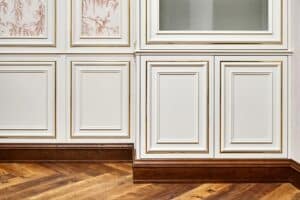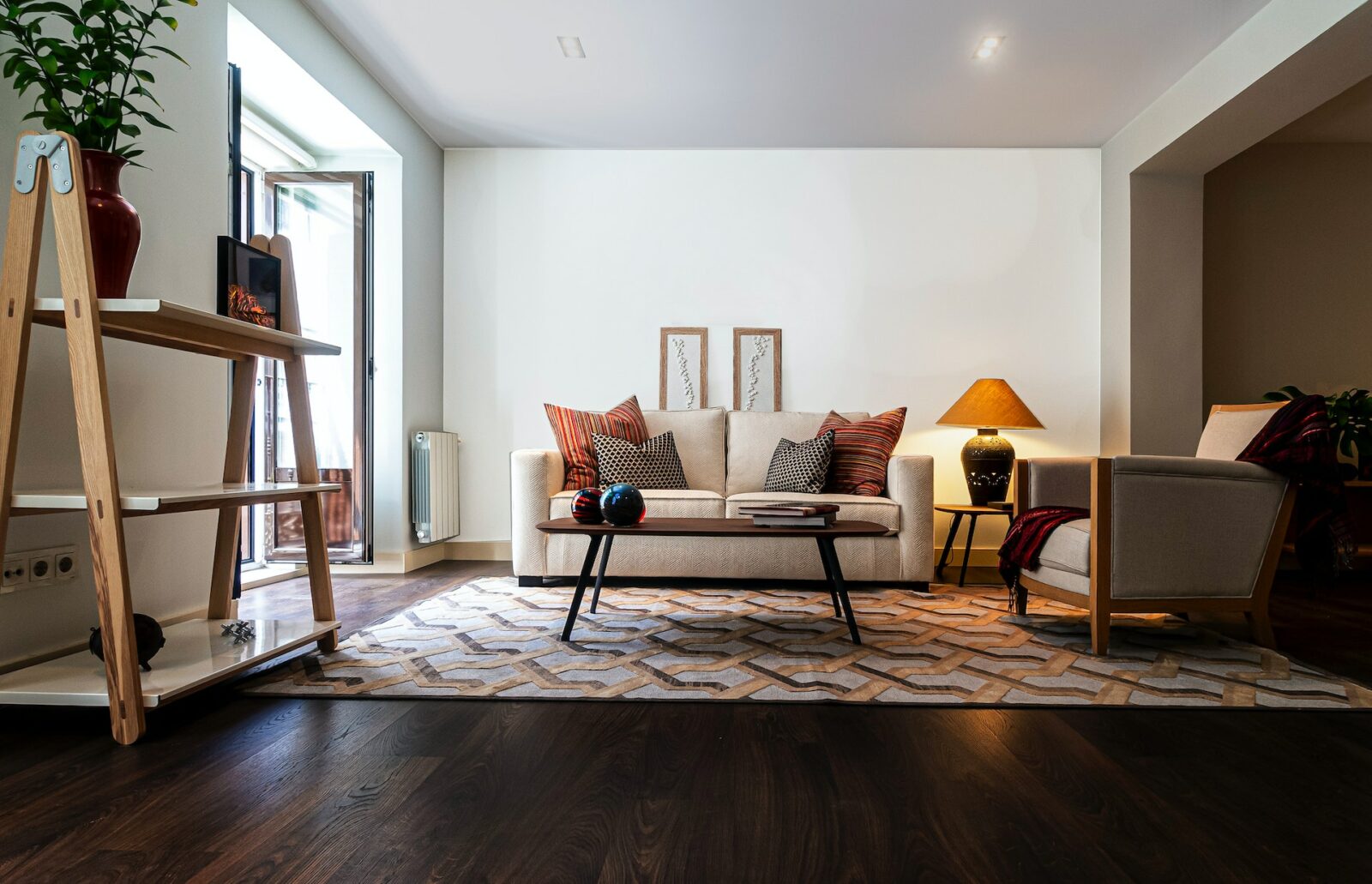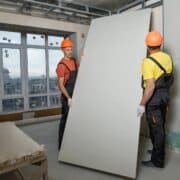Do you ever get distracted or annoyed by the noises coming from outside or inside your home? Perhaps you live near a busy road or have noisy neighbors, or maybe you want to create a peaceful environment in your home. Whatever the reason, soundproofing your home can make a significant difference in reducing noise pollution. In this article, we will provide you with tips and techniques to soundproof your home effectively.
Understand the Basics of Soundproofing
To start, let’s understand the basics of soundproofing. Sound travels in waves and can penetrate through walls, ceilings, floors, and even doors and windows. The key to soundproofing is to create a barrier that blocks, absorbs or diffuses sound waves. The most effective way to do this is by using sound-absorbing materials, sound-blocking materials, or a combination of both.
A Guide to Sounproofing Your Home
Sound-Absorbing Materials
Sound-absorbing materials are designed to absorb sound waves, preventing them from bouncing around a room. Common sound-absorbing materials include acoustic foam panels, fiberglass insulation, and soundproof curtains. These materials are perfect for reducing echoes and reverberations in a room.
Sound-Blocking Materials
Sound-blocking materials are designed to block or reflect sound waves, preventing them from passing through walls, floors, or ceilings. Common sound-blocking materials include mass-loaded vinyl, acoustic doors, and double-pane windows. These materials are perfect for reducing external noise such as traffic or neighborhood noise.
Soundproofing Techniques
- Seal Air Leaks: Sound can easily penetrate through small gaps and cracks in walls, doors, and windows. Sealing these air leaks can help reduce noise pollution. Use weatherstripping, caulk, or acoustic sealant to seal these gaps.
- Use Acoustic Curtains: Soundproof curtains are a great option for reducing noise pollution. They are thick and dense, blocking outside noise from entering your home.
- Install Acoustic Panels: Acoustic panels are a great way to absorb sound waves in a room. They can be mounted on walls or ceilings and come in a variety of colors and styles.
- Use Mass-Loaded Vinyl: Mass-loaded vinyl is a sound-blocking material that can be installed on walls, floors, and ceilings. It is effective in reducing external noise.
- Use Acoustic Doors: Acoustic doors are designed to block sound waves and are perfect for home theaters, music studios, or any other space where soundproofing is essential.
- Install Double-Pane Windows: Double-pane windows are an excellent option for reducing external noise. They have two layers of glass that can help block sound waves.
- Install a Sound Barrier: If you have noisy neighbors, installing a sound barrier can help block their noise. A sound barrier can be a fence, a wall, or a hedgerow of thick vegetation.
Conclusion
Soundproofing your home can significantly reduce noise pollution and make your home a more peaceful and comfortable environment. With these tips and techniques, you can effectively soundproof your home and enjoy the benefits of a quieter space. Whether you choose to install sound-absorbing materials, sound-blocking materials, or a combination of both, taking steps to soundproof your home can make a significant difference in your quality of life.
Related posts:
 Discover How To Clean White Walls In your Home?
Discover How To Clean White Walls In your Home?
 Your 2023 Step-By-Step Guide to Effortless Ceiling Cleaning
Your 2023 Step-By-Step Guide to Effortless Ceiling Cleaning
 Black Trim White Walls: 10+ Trendsetting Ideas for a Modern Home Makeover
Black Trim White Walls: 10+ Trendsetting Ideas for a Modern Home Makeover
 Adding Wood Trimming on Walls: 9 Different Ideas to Elevate Your Interiors Now
Adding Wood Trimming on Walls: 9 Different Ideas to Elevate Your Interiors Now
 10 Transformative Wall Molding Types to Elevate Your Home’s Charm Now
10 Transformative Wall Molding Types to Elevate Your Home’s Charm Now


